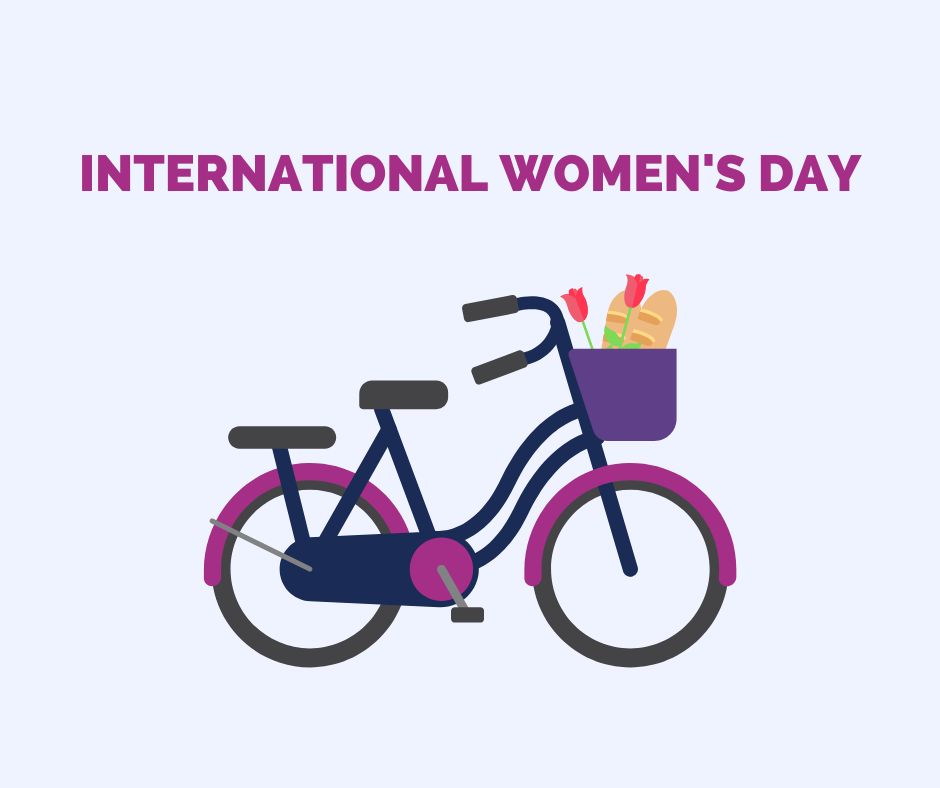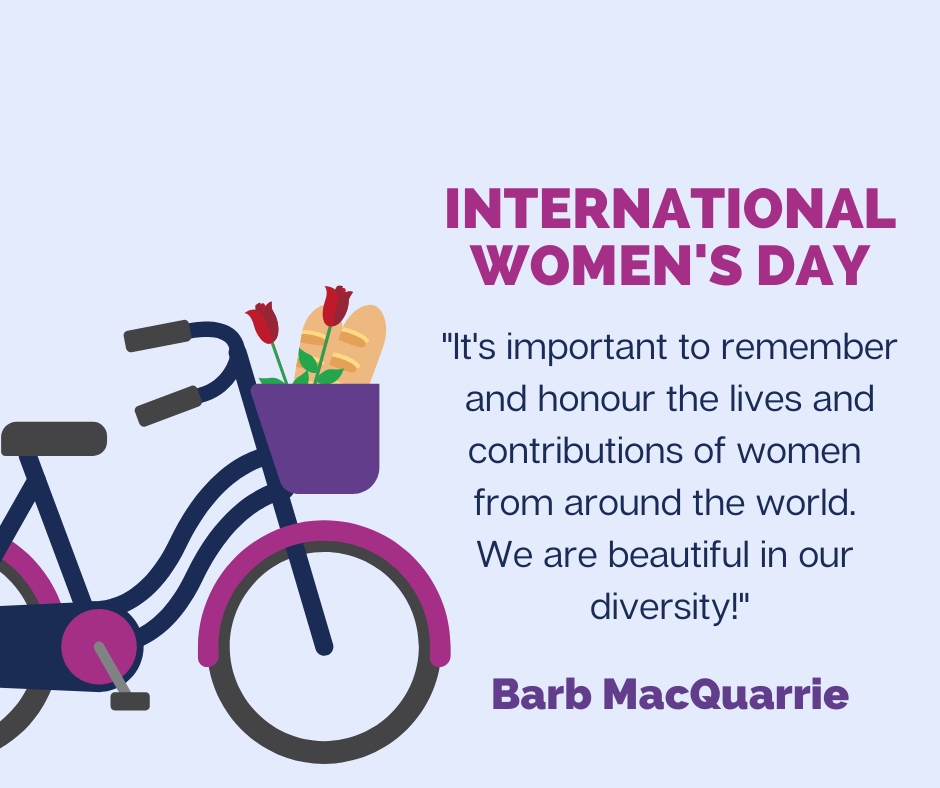Bread and Roses – The Unifying Cry for Gender Equality & Worker’s Rights
Bread and roses. Historically, they’ve been a commonly used symbol of the women’s workers movement as well as International Women’s Day. We dug a little into the history to understand the significance of these two items.
The beginning of International Women’s Day arose with the Lawrence Textile Strike of 1912. Of a population of approximately 82,000 people in Lawrence Massachusetts, 60,000 of these people were directly dependent on the textile mills in town for their survival. Workers were barely making survival wages, and when a new state late reduced the maximum number of weekly hours for women, this meant the situation would become more dire. Female workers demanded the textile companies pay them more, and almost overnight, more than 25,000 people – women, men and children – engaged in a mss work stoppage overnight and began to protest in the streets.

Bread represented the notion that working people should make enough to eat. Roses, meanwhile, symbolized that people deserve to not just live to survive, but also to enjoy life’s pleasures. The female worker deserved more than the daily grind of backbreaking work. She deserved beauty, love, music. The famous line spoken from activist Rose Schneiderman’s speech exemplifies this: “The worker must have bread, but she must have roses, too.” This was inspired by the poem titled Bread and Roses, by James Oppenheim.
The textile workers, most of them women, demanded higher wages – the Bread – as well as improved working and living standards – the Roses.

Thus, “Bread and Roses” became the unified rallying cry for the movement. It shows what we can do when we work together for human rights and was also a signifying point in the intersection of the women’s rights movement with the labour movement. Workers of all different ethnicities protested to eventually win sweeping labour reforms across the United States, beginning a wave that extended beyond into Canada. Overcoming these gender dynamics was a pivotal point of the success of the Bread and Roses Strike, and is still key to the women’s movement now. Happy International Women’s Day!
Bread and Roses by James Oppenheim:
“...As we come marching, marching, we battle too for men,
For they are women’s children, and we mother them again.
Our lives shall not be sweated from birth until life closes;
Hearts starve as well as bodies; give us bread, but give us roses! ...”






